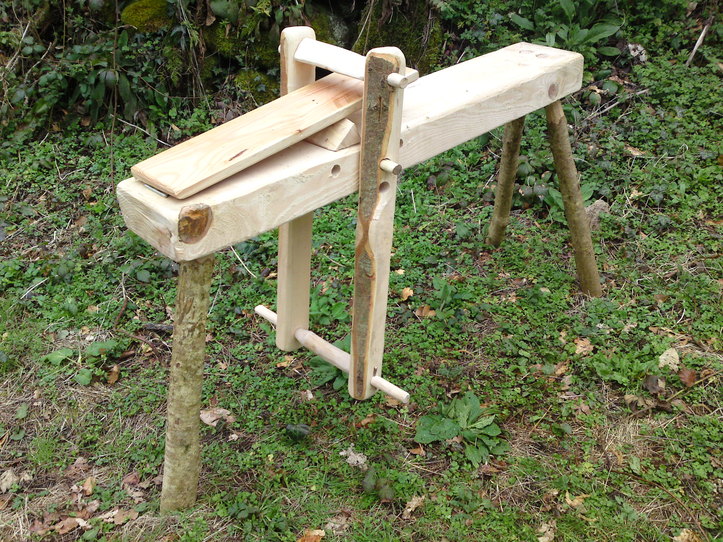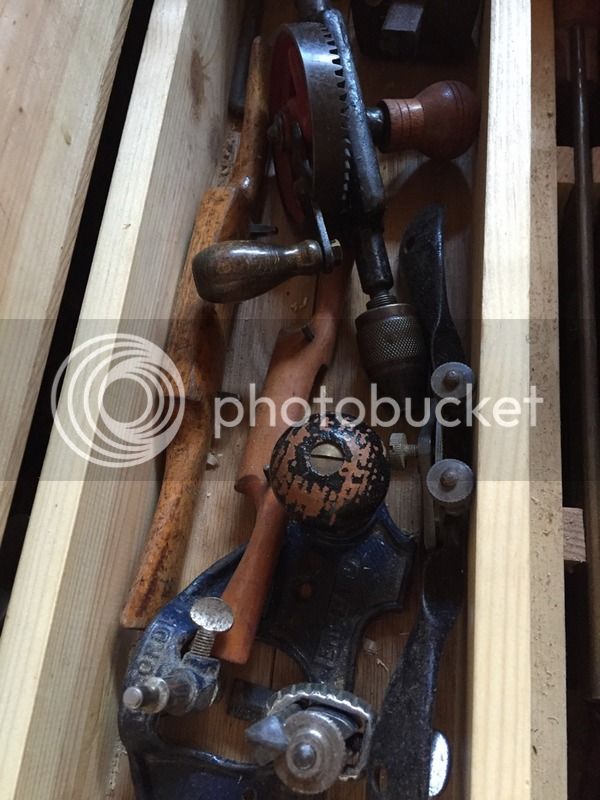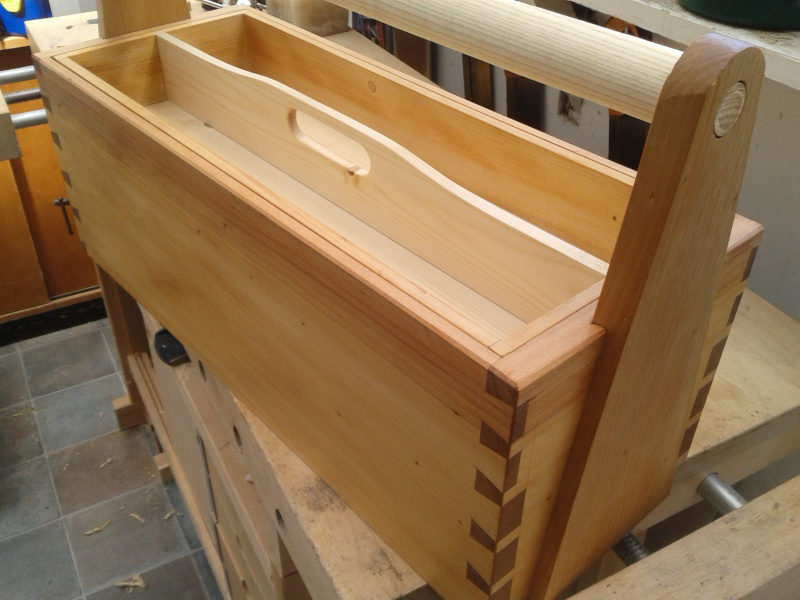DrPhill
Cyber Heretic
- Joined
- 15 Feb 2012
- Messages
- 1,154
- Reaction score
- 314
Flexcut KN16
I have some flexcut carving tools that do their job very well. I thought that the angle of the handles on this drawknife would give me some extra control (but that was guesswork).
The branch is quite oversize at one end - maybe 3" diameter. I may choose to carve that into something decorative. the thin end of the branch is about 2" diameter, but I need the bulk to try to straighten it a little. I will report back, but my skill level will moderate the usefulness of my experience to others.
I have some flexcut carving tools that do their job very well. I thought that the angle of the handles on this drawknife would give me some extra control (but that was guesswork).
The branch is quite oversize at one end - maybe 3" diameter. I may choose to carve that into something decorative. the thin end of the branch is about 2" diameter, but I need the bulk to try to straighten it a little. I will report back, but my skill level will moderate the usefulness of my experience to others.



































